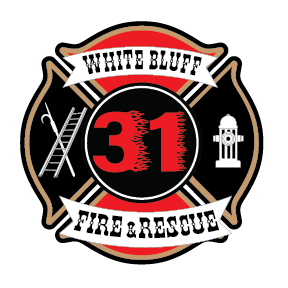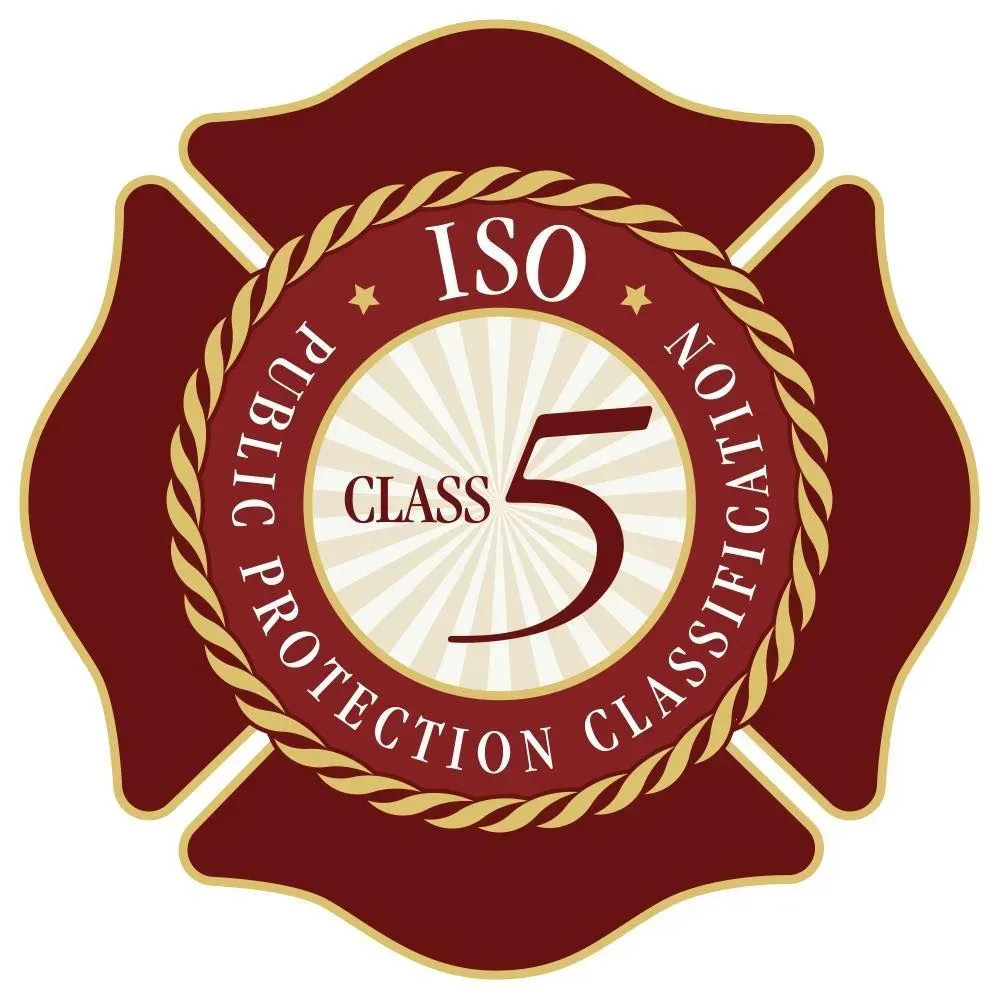ISO Rating
ISO ratings measure a community's fire preparedness in the case of emergency, which can affect your home insurance rates. Insurance Services Office (ISO) is a risk advisory company owned by Verisk Analytics that rates communities based on their fire preparedness. Many insurance providers take ISO's fire rating into account when determining your annual home insurance premiums. Here's everything you need to know about how your home insurance cost could be affected by your community's score.
Updated on Thursday, August 15 2019 By Samuel Gilbert

The ISO fire rating, technically called the Public Protection Classification (PPC), is a measure of how prepared your area is to respond to fires. It isn't related to your home, but rather the community you live in and your local fire departments. ISO assigns its rating using the Fire Suppression Rating Schedule (FSRS), which sorts communities into Classes 1 through 10, with Class 1 being the best and Class 10 being the worst.
In order to achieve an ISO fire rating of Class 1, your community will have to score 90 or higher on the FSRS. The FSRS awards a maximum of 105.5 points based your community's:
Local fire department (50 points)
Water supply system (40 points)
Emergency communications systems (10 points)
Risk reduction program (5.5 points)
It is not possible to lookup your community or fire department ISO rating, as it is information mainly reserved for insurance companies and agents. However, some authorized officials in your community can request detailed information about its ISO rating through the ISO National Processing Center.
Most homeowners insurance policies cover damage due to fires, although it is sometimes excluded in extremely high-risk areas. Fires can break out in several ways, including lightning and fallen electrical wires. Therefore, your insurance company will need to assess your home's fire-risk, which is where ISO steps in.
If your house is in a community with a strong fire rating class such as 1, 2 or 3, then that signals to your insurance company that your area services are well-equipped to put out, mitigate and prevent fires. Conversely, a weak ISO rating class indicates that your community may not be sufficiently prepared to handle fires. If it takes longer for your local fire department to arrive or put out fires, your insurance premiums will increase to reflect the greater risk for damage.
Although insurance companies may use ISO ratings as a factor in deciding premiums, ISO as an organization has nothing to do with insurance pricing. Insurers use and weigh ISO's ratings differently, and some don't use ISO ratings at all, as they have their own ranking system. Especially if your area has a weak ISO rating, you should compare insurance companies before settling.
Fire department (50 points)
The biggest piece of the ISO fire rating relates to your local fire department. ISO evaluates fire departments based on their equipment, pump capacity, ladder companies, personnel and training. The requirements to perform well in this category will vary based on your community's unique geography and needs as assessed by ISO.
Water supply (40 points)
Thirty of the 40 points in the water supply category relate to your community's water system and the potential need in your community. ISO calculates the Needed Fire Flow, which is the amount of water that a community should be prepared to use at one time. Then it compares the Needed Fire Flow with the actual capabilities of the system in place. The remaining 10 points in the water supply come from the hydrant-testing systems and the quality and characteristics of the hydrants themselves.
Emergency communications systems (10 points)
ISO evaluates a community's emergency response systems, including 9-1-1 services. More points are awarded for systems that support computer-aided dispatch and voice technology, for example. It also considers the number of dispatch circuits and the level of training of telecommunicators.
Community risk reduction (5.5 points)
These last 5.5 points are awarded to communities that are actively trying to improve their fire preparedness through prevention. For example, community risk reduction includes ongoing education, code enforcement and compliance, public fire safety education and properly investigating fires.
How hard is it to receive Class 1?
It is rare for a community to receive a perfect score of 105.5 points. To receive a Class 1 rating, your community must score 90 points or higher, however only .8% of communities do so. About 53% of communities receive Class 5 or better. Below is a summary of class rating distribution.
Your community can better its ISO fire rating by improving in each of the categories' ISO grades. ISO actively works with communities trying to improve their rating and will reevaluate based on request.
Fire department (50 points): Many parts of the fire department score will be difficult for a community to improve on, such as the number of on-site staff and distance between emergency services and houses. However, improvements in the fire department category can be made in several more feasible (though still expensive) ways, such as:
Training (9/50 points)
Equipment (6/50 points)
Water supply (40 points): The water supply will also be difficult to improve in the biggest category, supply system (30/40 points), because it involves the water main network. However, 7/40 points are awarded for the inspection and maintenance of the water supply. While no simple task, your community may be able to make improvements there.
Emergency communications systems (10 points): 4/10 points in the emergency communications system category relate to the community's telecommunicators. Improving telecommunicators' training or certifications is often feasible and is therefore an option for communities trying to improve their ISO rating.
Community risk reduction (5.5 points): Communities can improve the risk reduction category by enforcing and adopting prevention codes, increasing public fire safety education and following up with investigations for a fire.
If you want to improve your community's ISO fire rating, your best bet is to work directly with ISO. Your local fire department can contact ISO to identify where there is room for possible improvement in your community's ISO rating.
QuoteWizard.com LLC has made every effort to ensure that the information on this site is correct, but we cannot guarantee that it is free of inaccuracies, errors, or omissions. All content and services provided on or through this site are provided "as is" and "as available" for use. QuoteWizard.com LLC makes no representations or warranties of any kind, express or implied, as to the operation of this site or to the information, content, materials, or products included on this site. You expressly agree that your use of this site is at your sole risk.


